More Natural Gas Fuelling Stations Coming, Honda Civic NG Owners Rejoice

It’s sales are but a drop in the bucket for Honda, but the Civic GX, recently renamed the NG, might have a chance to grow its market share thanks to efforts by Clean Energy Fuels Corp. to expand U.S. infrastructure for natural gas vehicles.
The fact is, there is so much natural gas available in the U.S. that it’s actually being sold off as an export. Part of the reason is because currently Americans account for 112,000 or less than 1 percent of the world total of natural gas burning vehicles. Most of those are 18-wheel big rigs or fleet vehicles, but the Civic GX accounts for 13,000 since appearing on the American market 13 years ago.
It isn’t hard to understand why there are so few sold: of the roughly 180,000 gas stations across the U.S., there are roughly 1000 that offer natural gas. That means no road trips, no fooling around with the refuel light and little forgiveness if you happen to run the tank dry.
Despite all that, the compressed natural gas (CNG) Civic won the 2012 Green Car of the Year Award, beating out a host of cars including the Mitsubishi i, Ford Focus Electric and Prius V. It also snagged a guaranteed spot until 2015 in California’s coveted HOV lane sticker club, meaning owners may drive solo and skip through ridiculous Californian highway congestion – something that’s sure to make it a popular choice in SoCal.
The Honda won these accolades despite having comparatively poor milage with 27-mpg city, 38-mpg highway and a 31-mpg average, probably because it costs about 30 percent less to fuel them according to Honda. Natural gas costs about $1 to $2 less per gallon-equivalent.
Truthfully, the Civic has nothing to do with Clean Energy Fuels Corp.’s plans for expansion. They’re more more motivated by the crazy fuel volume transport vehicles consumer every year. Rich Kolodziej, president of the trade association NGV America, broke the numbers down in an interview with the Detroit News. If a driver gets an average of 25 mpg and drives 12,000 miles a year, that driver needs about 480 gallons per year. An average truck driver can travel 120,000 miles in a year getting only six miles-per-gallon needs 20,000 gallons of fuel, or as much as almost 42 normal drivers.
Given that there is a surplus of natural gas in the U.S. and that it’s significantly cheaper, installing that infrastructure makes sense. The special few who drive the Civic GX or NG will likely enjoy the benefit of having access to many more fueling stations.
[Source: Detroit News]

Luke is an energetic automotive journalist who spends his time covering industry news and crawling the internet for the latest breaking story. When he isn't in the office, Luke can be found obsessively browsing used car listings, drinking scotch at his favorite bar and dreaming of what to drive next, though the list grows a lot faster than his bank account. He's always on <A title="@lukevandezande on Twitter" href="http://twitter.com/lukevandezande">Twitter</A> looking for a good car conversation. Find Luke on <A title="@lukevandezande on Twitter" href="http://twitter.com/lukevandezande">Twitter</A> and <A title="Luke on Google+" href="http://plus.google.com/112531385961538774338?rel=author">Google+</A>.
More by Luke Vandezande



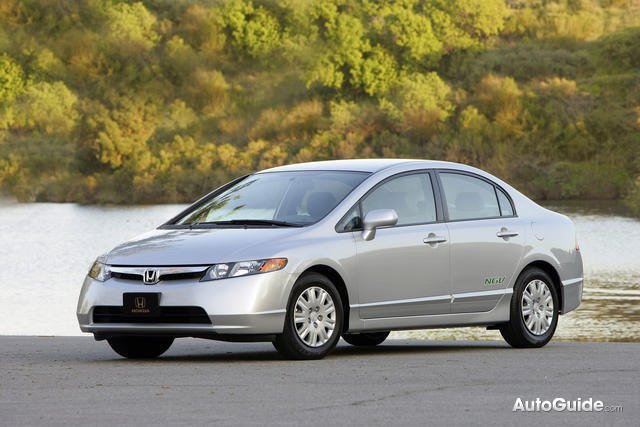














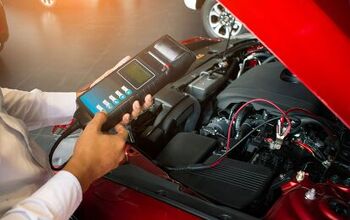





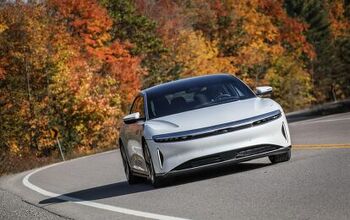



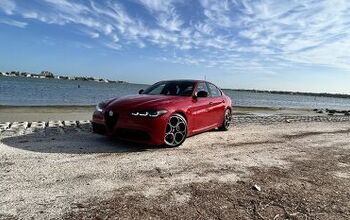
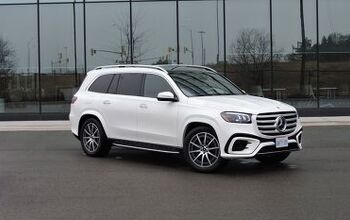
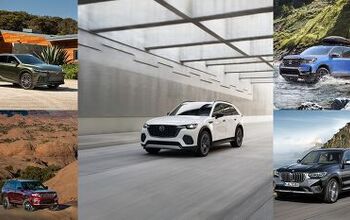
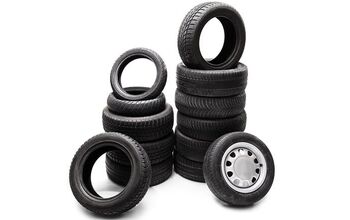
Comments
Join the conversation
Let's get the facts straight. Of the 180,000 gas stations in the US, only a handful have CNG dispensers. Almost all of the 1000 CNG dispensers in the US are standalone stations. That doesn't mean the end of 'roadtrips.' From my base in Southern California, I can travel to Northern California including Lake Tahoe, to Las Vegas and Utah, and to San Diego. It is a little dicey to take a Honda GX to Phoenix (because of the stubbornness of the City of Blythe which will not make its CNG facility available to the public) but possible. You can't just go anywhere, but that doesn't mean 'no roadtrips.' I take them all the time in the GX. I 'fool around' with the low fuel light all the time and have never 'run dry' (although CNG is always 'dry'). My wife ran out once mostly because of power outages at multiple stations and had to be towed to a working station. I have a pump at home where the cost of CNG is under $1 a gallon. I'm saving Green as well as Driving Green. Driving CNG requires a little thought and planning. Not a lot.
For a website called 'autoguide' you apparently have little understanding of "MPG". Miles Per Gallon is only a useful measure of economy when the fuel is the same. Once you venture beyond 'gasoline' it is a useless number. Much more useful is Fuel Cost per 100 miles. The Honda GX compares favorably even with electric cars on this measure of efficiency. And, the GX can be refueled in a couple of minutes compared with hours and hours for an electric vehicle. Natural Gas vehicles have no large battery to dispose of after a number of years and no complicated Hybrid drive system. Natural Gas requires no complicated processing (like oil refineries) and no power plants to generate the fuel. When you get right down to it, Electric Vehicles are being run by Natural Gas in much of the US. So are Hydrogen vehicles. Why not just put the Natural Gas directly in the car rather than waste all that money, efficiency and infrastructure converting it to electricity or Hydrogen first. Natural Gas is also a renewable resource. Natural Gas is generated by landfills and wastewater treatment plants across the country. Most of this gas is being used to make electricity as an afterthought, but it could be used to power a huge fleet of Natural Gas passenger vehicles.